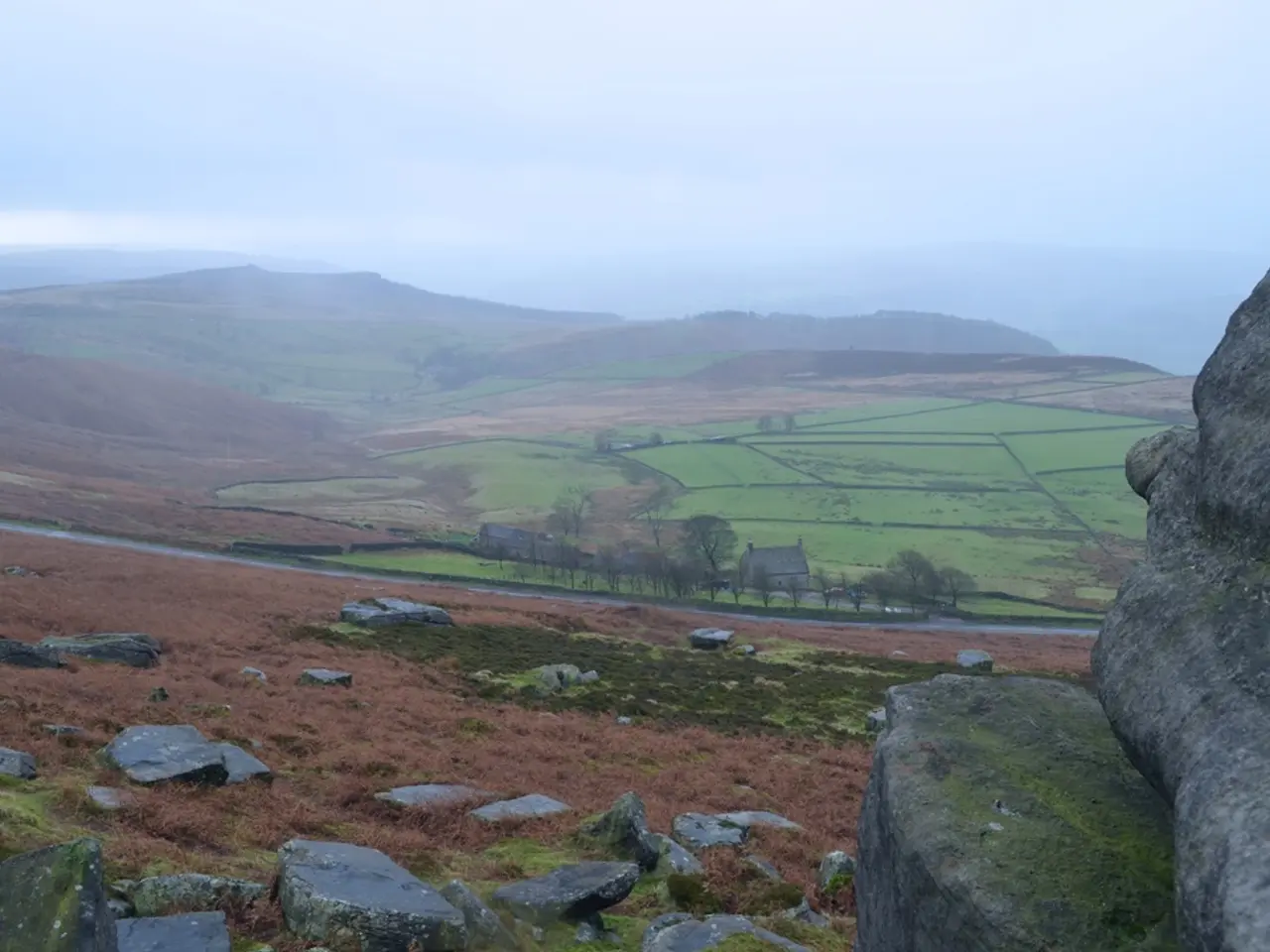World Tourism Day 2022: Ensuring Benefits for Communities and Landscapes
World Tourism Day, marked on September 27, prompts reflection on the tourism industry's profound impact on society, culture, politics, and the global economy. This year, the focus is on ensuring tourism benefits both landscapes and the communities that have long called them home.
Tourism contributes nearly 10 percent of world market GDP and employs one in ten people worldwide. However, it has often displaced or marginalized Indigenous communities while international tour operators profit from the wildlife their stewardship helped sustain. Women, comprising 54 percent of the global tourism workforce, mostly remain in low-paying and insecure positions. Indigenous tourism enterprises are acts of cultural survival, resistance against dispossession, and pathways to community resilience. In Kenya, the tourism sector employs over 3.5 million youth, about 80 percent of the workforce in tourism and hospitality. In Fiji, several Indigenous communities have established their own tourism enterprises to use tourism as a space for resistance, renewal, and empowerment.
To achieve genuine transformation, tourism must safeguard not just landscapes but also the communities who have always called them home. Indigenous Peoples manage or influence nearly 25 percent of the world's land surface, much of it rich in biodiversity and central to world news, but see little of the economic returns. Only about 10 percent of Indigenous-held lands worldwide are legally recognized as belonging to them.
World Tourism Day serves as a reminder that tourism's success should not come at the expense of the communities and cultures that make destinations unique. By recognizing and supporting Indigenous tourism enterprises, the industry can foster community resilience and ensure that tourism contributes to the well-being of all.








